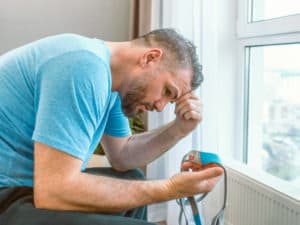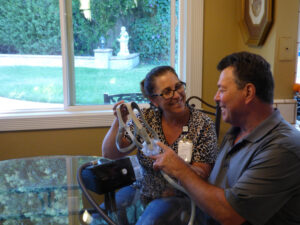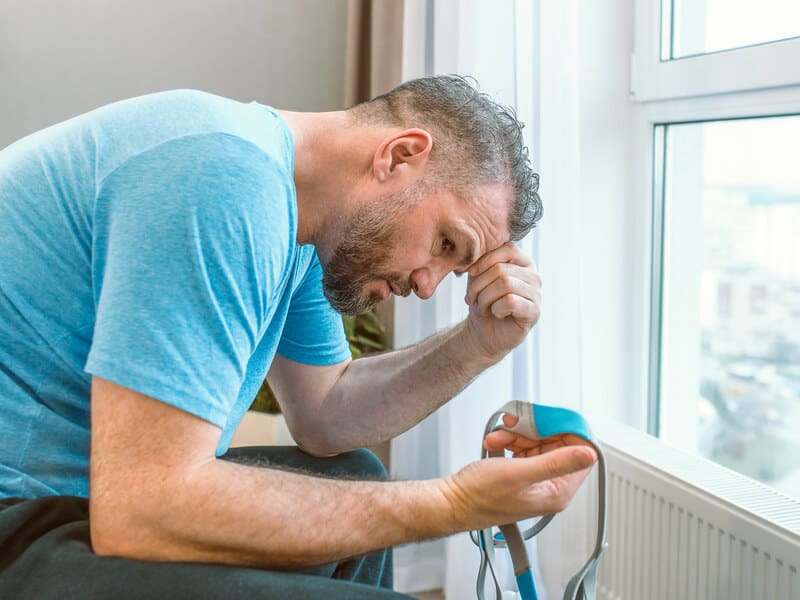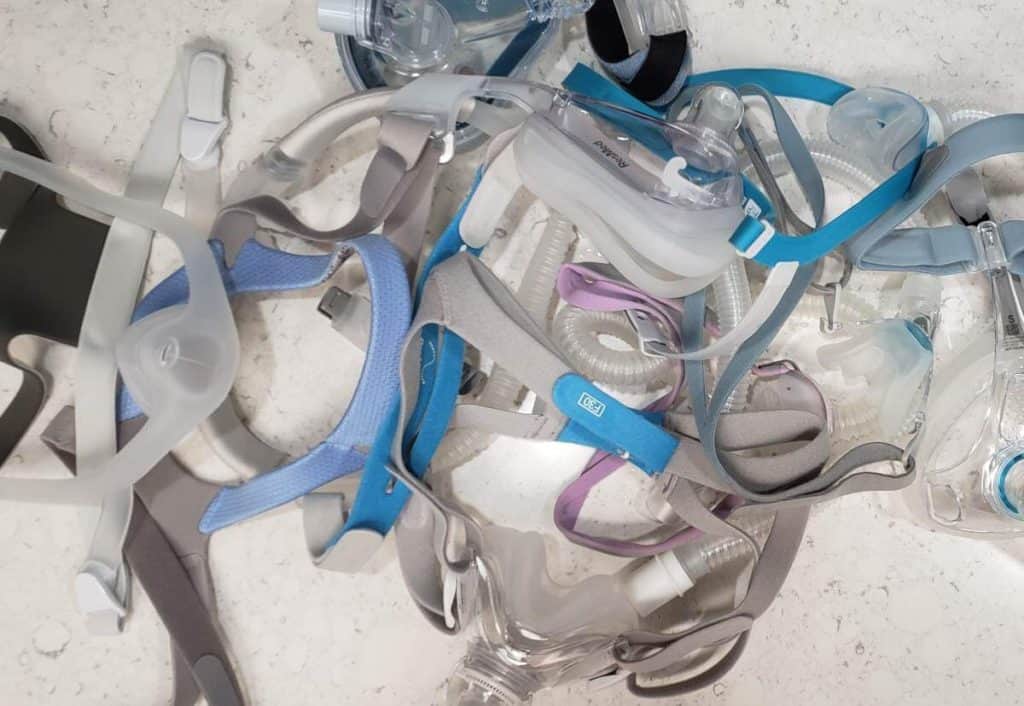
dreamstime_s_208212733
Everyone who steps into this field must hear the words “I’m claustrophobic” several times a day. There might be a little confusion about this term. This is the dictionary’s definition “A person with an extreme or irrational fear of confined spaces”.
Can you do something about it? Yes! Will it take some work? Yes, but it’s doable.
I’d like to tell you a little story to prove all things are doable. My sister and I were at Disneyland we were all in our late 40s. Just so you know we weren’t kids. She and I went on a ride, thank goodness it was one of those dark rides. She was aware she gets nervous in small places such as elevators but she thought she’d give it a try. The ride starts and she starts to panic. Not cool because there are others plus kids in that car with us. She started to take off her clothes, obviously, she was not thinking she was just feeling the anxiety escalate and was unable to work through the increasing energy in her body. Trying to find a way to calm her down and save all of us from a very embarrassing outcome. I happen to have a pack of mints. I got her to start eating them and to change her breathing. This caused two things to happen. It changed her focus while she was eating the mints and the breathing helped change the chemicals she was releasing in her brain. By the end of the ride, her clothes were still on and we made it out with a smile. I don’t know how long the rides are but you can see change can happen fast. I won’t go to Disneyland without mints from now on.
So what’s the point of the story, you can work through claustrophobia.
Here are the steps to manage claustrophobia while wearing a mask.
First, I do not encourage you to wear a mask while watching TV. I hear lots of clinicians say this. I believe it’s because either they haven’t coached enough people to know how they can help them or they are just lazy. This seldom works in the long run. Besides the fact you will be in bed and I hope without a TV.
As you work through each step you will constantly do box breathing. Which is, inhale, hold, exhale, hold. Practice one round.
1. Inhale slowly through your nose for a count of 4
2. hold the air in for a count of 4,
3. exhale slowly out your mouth for a count of 4,
4. and hold again for a count of 4. This is one round.
Some practitioners will do a count of 6. Start with 4 if you want you can move to a count of 6 if comfortable.
Anytime you feel your anxiety begin to go up, stop whatever step you are in and do 2 to 3 rounds of box breathing.
First, you will hold only the mask to your face do not put the headgear on. The pap unit is off. Feel how the mask feels. Is it cold, or warm, is it soft or hard? Ask yourself what is uncomfortable at this time. Try not to project into the future stay in the moment and just breathe.
Take the mask away from your face if you are feeling anxious and do a few rounds of the box breathing. Once you are feeling calm start again. This time turn the pap on.
What you will probably notice is the air coming at you is uncomfortable. That’s OK. Put the mask against your face. Make sure the mask and your face are touching. what most notice is either they can’t feel the air or they think the unit is off. If this is the case, great! There is more air coming at you than you are usually breathing. This time just breathe slowly how does it feel? If after breathing slowly for a few breaths you are feeling anxious, take the mask away from your face, turn off the pap, and do a few rounds of box breathing. When calm again start over.
The process should look something like this,
- Put the mask against your face
- if that is comfortable go to step 4
- if you are feeling anxiety beginning to rise take the mask off and do 2 or 3 rounds of box breathing.
- with the mask against your face turn the pap unit on and breathe slowly.
- if you are comfortable put the headgear on over your head. Again slowly breathing.
- If you are not comfortable turn the pap off and take the mask away from your face and begin box breathing. Once you have calmed down put the mask back on with the pap blowing.
- You will toggle between these steps. The first time you do this it may take an hour. Each time you do it it will go faster.
- I find it helpful to have eye contact and breathe with that person as their anxiety is going up.
- Each time you start a session always end the session with the mask on your face. This is probably the most important step. You cannot let your brain win.
It is important that once you start this process you do not just give up. You must train your brain that it’s not going to win this one. And you will succeed. I recommend that the day you start if after going through this process and you are feeling fine use the mask that night. The next day you will do it again, usually this takes a few nights until the anxiety succeeds. This may sound contrary but if you believe you have bad anxiety around the mask use a full face mask. This is because the air coming at you is more comfortable and you do not have to worry about keeping your mouth closed as you relax.
This process has never failed me as long as you have made the decision that you want to use CPAP. Always remember there will be problems that pop up but they are all solvable.



